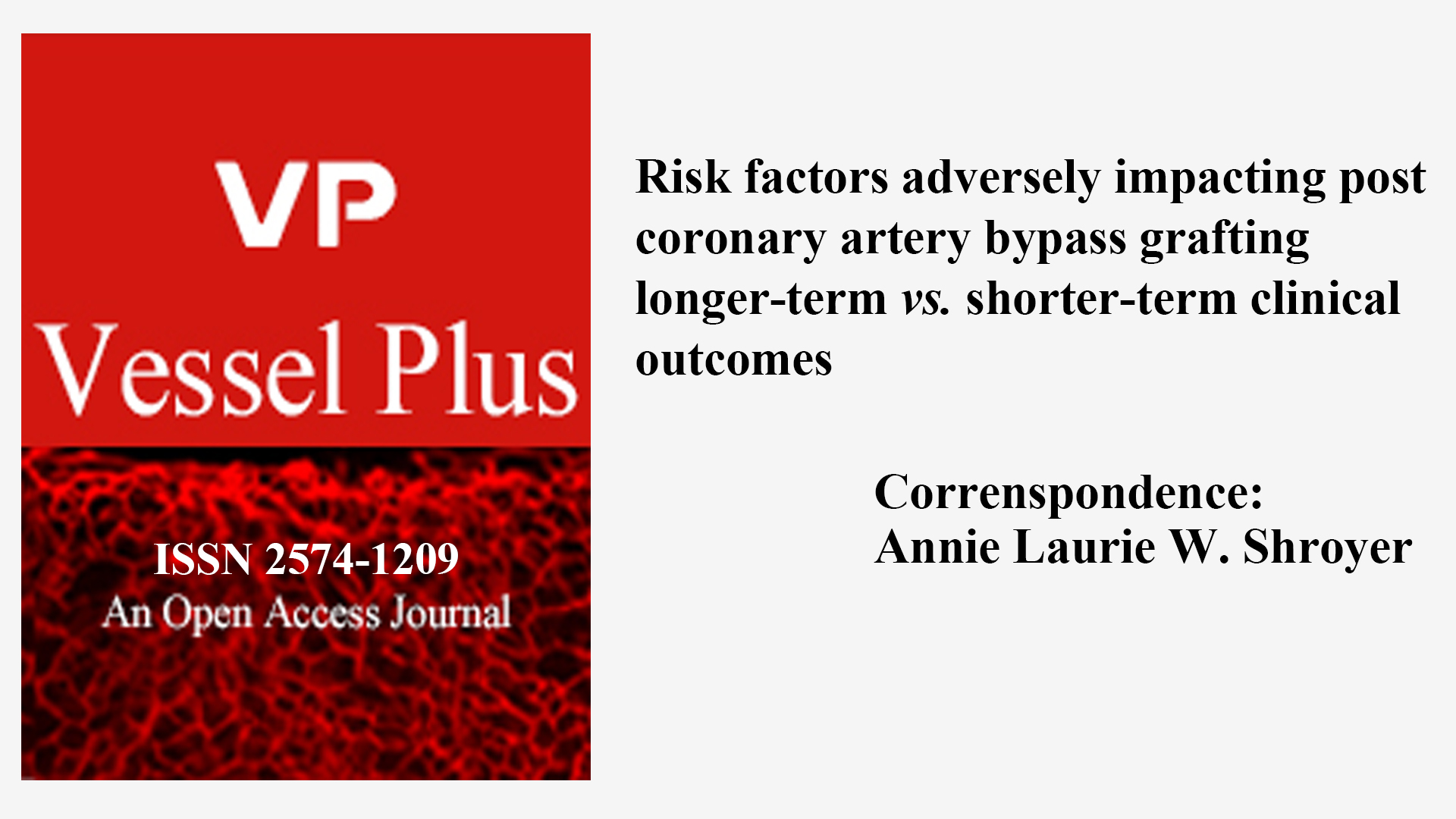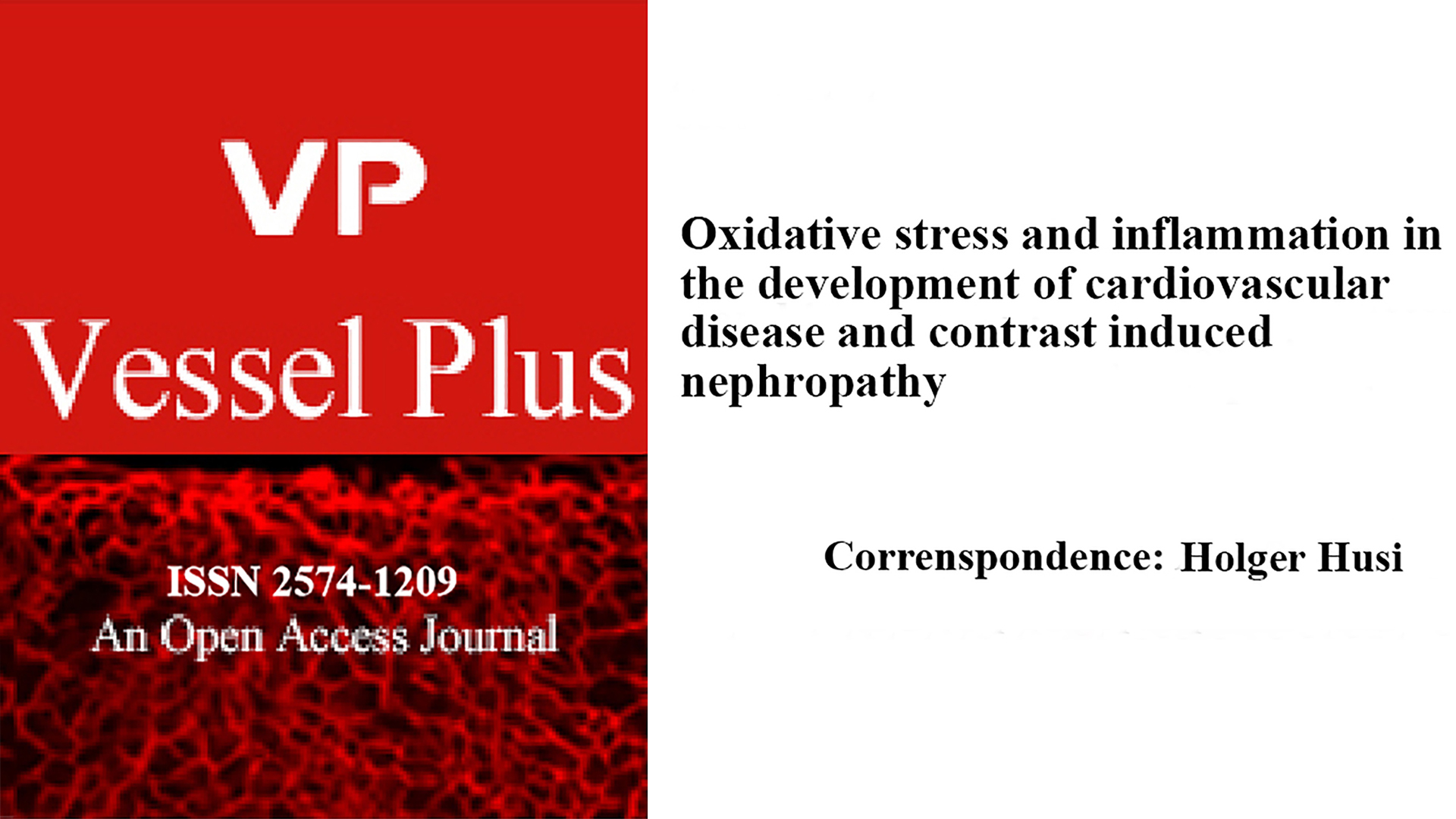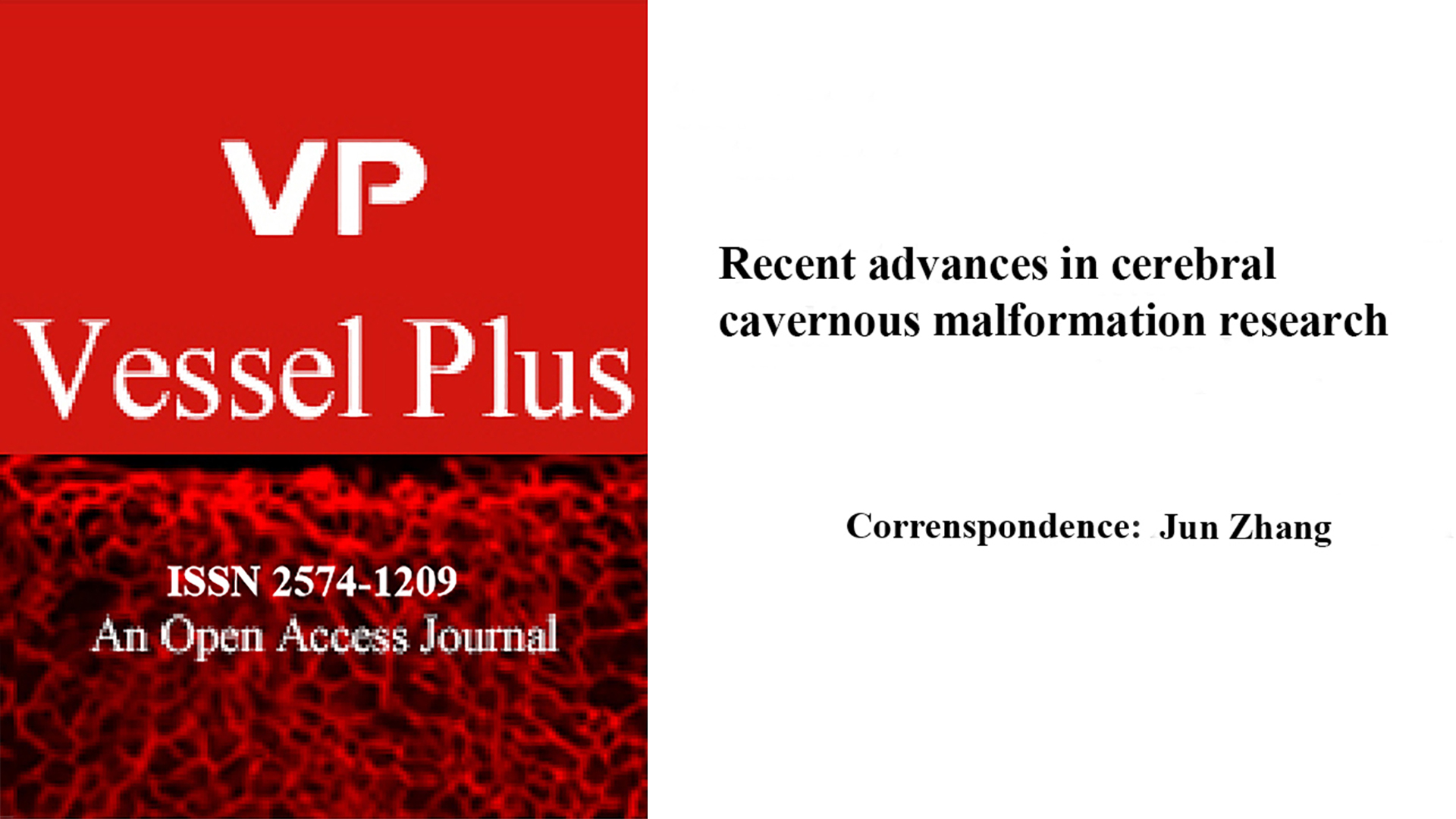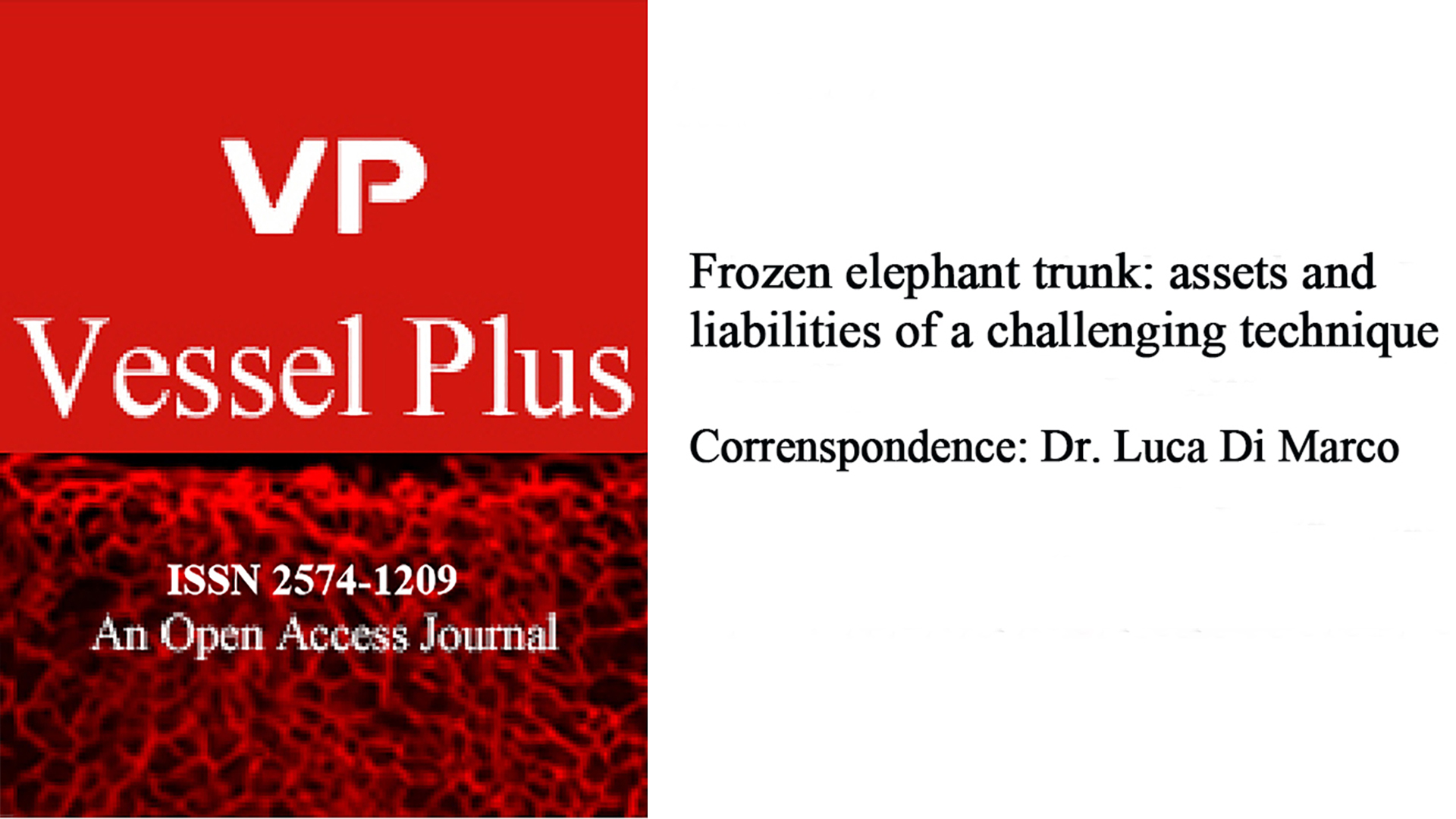
Vessel Plus (VP) is an international peer-reviewed, open access, online journal. Aims and Scope The journal is expected to provide an open academic platform for exchange of knowledge, ideas, and latest research among scholars worldwide to make a truly top-tier journal in this field. The journal publishes articles related to the full spectrum of medical and surgical interest in vascular diseases, including acute respiratory distress syndrome (ARDS), aneurysm, atherosclerosis, hypertension, stroke, thrombosis, ischemic heart disease, peripheral vascular or pulmonary vascular diseases, as well as genetic diseases such as Arterial Tortuosity Syndrome, Cystic Fibrosis, Ehlers-Danlos, Marfan, Parkes-Weber, or Klippel-Trénaunay Syndrome. This journal focuses on the latest clinical and basic research on the prevention, treatment, prognosis, and mechanisms of diseases of the blood vessels including original articles, case reports, commentaries, and expert reviews in molecular biology, physiology, and pathophysiology of the blood vessels.
Transcatheter aortic valve implantation combined with other heart interventions: current status and future perspectives
In the last years, transcatheter aortic valve implantation (TAVI) has become a well-proven effective treatment option for patients with severe symptomatic aortic valve stenosis (AS) requiring valve replacement at high or intermediate surgical risk. Nowadays, with the expansion of TAVI for...
Risk factors adversely impacting post coronary artery bypass grafting longer-term vs. shorter-term clinical outcomes
Coronary artery bypass grafting (CABG) patients’ characteristics and surgical techniques associated with short-term (ST; < 1 year) mortality are well documented; however, the literature pinpointing factors predictive of longer-term (LT; ≥ 1 year) death rates are more limited. Thus,...
Oxidative stress and inflammation in the development of cardiovascular disease and contrast induced nephropathy
Utilization of contrast media to visualize vasculature structures in the setting of cardiovascular disorders (CVD) can lead to acute kidney injury, referred to as contrast-induced nephropathy (CIN). CIN can potentiate mortality and hospitalization in aged individuals, patients with CVD,...
Recent advances in cerebral cavernous malformation research
Cerebral cavernous malformations (CCM) are manifested by microvascular lesions characterized by leaky endothelial cells with minimal intervening parenchyma predominantly in the central nervous system predisposed to hemorrhagic stroke, resulting in focal neurological defects. Till date, three...
Frontiers in endovascular thrombectomy for ischemic stroke
Stroke is a leading cause of morbidity and mortality worldwide. There have been significant advances in the hyperacute treatment of patients with ischemic stroke with the advent and application of reperfusion therapies, including intravenous thrombolysis and endovascular thrombectomy....
Frozen elephant trunk: assets and liabilities of a challenging technique
The development of the frozen elephant trunk (FET) technique for a simplified treatment of complex lesions of the thoracic aorta originated as an evolution of the classic elephant trunk technique, described for the first time by Borst et al in 1983. Novel technologies and standardization of the...





